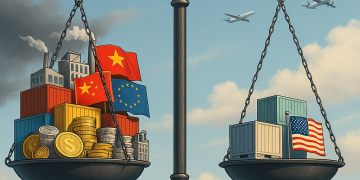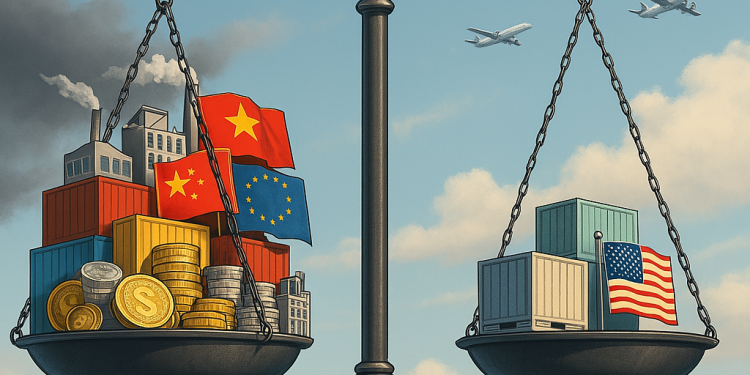By Maria Kalamatas | July 4, 2025 – New York
Across the American logistics landscape, industry leaders are making discreet but decisive moves. With new U.S. tariffs looming, freight operators are rethinking how and where they move goods—even before policies take effect.
Some are advancing import schedules. Others are rerouting cargo through Canadian and Mexican ports to bypass potential delays. And a few are exploring long-term alternatives to coast-to-coast trucking and rail models that could soon face cost hikes.
“We’re adjusting quietly,” said a senior executive at a major U.S. freight firm, who asked not to be named. “It’s not about panic—it’s about staying one step ahead.”
The shifting dynamics are particularly visible in rail. Internal discussions are reportedly underway between Union Pacific and Norfolk Southern to explore a cross-country freight collaboration that could reduce dependency on tariff-exposed corridors.
At the same time, warehouse operators like Prologis are revisiting inventory strategies. Some clients are requesting more buffer stock, anticipating slower customs processing if trade tensions escalate further.
For trade economists, the pattern is familiar.
“When uncertainty becomes structural, logistics becomes tactical,” explained Jennifer Choi, an analyst at Eastbrook Trade Forum. “Every warehouse, every route, every container becomes part of a strategy.”
Although no official announcements have been made, the subtle recalibrations reveal how logistics companies are responding to geopolitical pressure—not with press releases, but with operational foresight.























